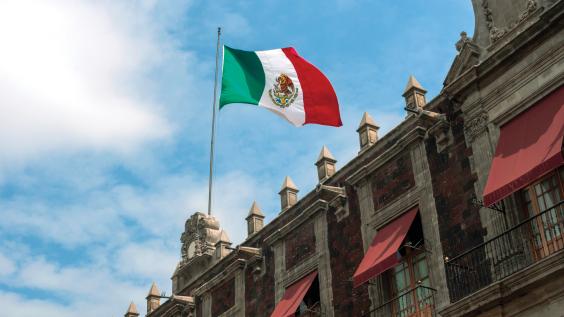Organized Crime and the Illicit Wildlife Trade in Mexico

Table of Contents
Author(s)
Taylor Barth
Master of Global Affairs, Rice UniversityTo access the full paper, download the PDF on the left-hand sidebar.
Introduction
“Their [the cartels’] branching out mimics the behavior of legitimate companies. Firms looking to grow, and especially those with surplus cash to invest (always a problem for criminal organizations, for whom banking is tricky), strike out into new markets where they believe their existing expertise could give them a head start.”1
In 2013, President Barack Obama signed an executive order on combating wildlife trafficking. This brought a criminal activity of enormous consequence for international and environmental security into the spotlight, adding a sense of urgency to a problem that until then had been left largely to the efforts of conservation specialists and international nongovernmental organizations (NGOs). Indeed, the trafficking of exotic and endangered animals and products derived from them is a crime only on par with the illegal trade in drugs, people, and weapons in terms of scale and impact. Illicit wildlife trade is estimated to generate between US$5 and US$23 billion worldwide in revenue for the poachers, smugglers, and salesmen whose business it is to plunder nature for a quick profit.
One of the most important settings for this business is also one of the bloodiest battlegrounds in the war on drugs: Mexico. Home to some 10 to 12 percent of the biodiversity on the planet, Mexico is not just a source of wildlife for the illicit trade, but also serves as one of the principal trafficking and distribution hubs for criminal networks seeking to enter the U.S., European, and Asian markets.2 As the gateway to the estimated $2 billion illegal wildlife trade in the United States, Mexico is the major hub for large, transnational criminal organizations that source wildlife from all over the Caribbean, Central and South America, and especially, the Amazon. 3 Mexican transnational criminal syndicates have massive, diverse sets of assets and skills that facilitate the illegal wildlife trade, using trafficking patterns honed in drug, human, and arms smuggling operations.
This paper analyzes the links between transnational organized crime and the illicit wildlife trade in Mexico. It begins with an analysis of the trade on an international scale, establishing context for the subsequent focus on Mexico. This includes a discussion of the business models and operations of major transnational wildlife smuggling syndicates in Africa and Asia, as they are some of the most heavily scrutinized cases and offer helpful frameworks that can be applied to Mexican criminal networks involved in wildlife trafficking. The paper then focuses on the dynamics of Mexico’s black market in wildlife and the involvement of Mexican organized crime networks in trafficking animals globally. The goal is to establish typologies of some of the principal networks involved in this business: supply chains, trade routes, links to government and businesses, sourcing methods, and more. By providing a breakdown of the actors hastening the destruction of so many critically endangered species worldwide, I hope to provide policymakers with a better understanding of the seriousness of this crime and some potential policy options that might help the international community in apprehending the culprits.
This material may be quoted or reproduced without prior permission, provided appropriate credit is given to the author and Rice University’s Baker Institute for Public Policy. The views expressed herein are those of the individual author(s), and do not necessarily represent the views of Rice University’s Baker Institute for Public Policy.


